The Blue Belt’s Biggest Challenge
Finding Balance in Chaos
What if the greatest challenge to your growth isn't external opposition but internal disorientation?
In martial arts, we recognize a peculiar phenomenon: the blue belt stage is notorious for drop-outs. After the initial excitement of beginning fades, practitioners enter what Japanese traditions call munen-muso — the valley of confusion. Progress seems to plateau. The basics no longer satisfy, yet advanced techniques remain frustratingly out of reach. The path forward becomes unclear.
I encountered my own valley of confusion at Drexel University. Having conquered my initial fears as a wrestler, I arrived with confidence and direction, only to find myself transformed from an electrical engineering student into a dropout and blackout drunk. I had become what I feared most – a reflection of generational patterns I promised I'd never repeat.
This stage mirrors life's most challenging transitions. The honeymoon phase of a new relationship gives way to deeper complexities. Initial career excitement fades into routine and uncertainty. The clarity of early sobriety dissolves into the messy work of sustained recovery.
In this exploration of the Blue Belt Challenge, we'll discover why these plateaus aren't failures but essential territories for transformation. You'll learn why sustainable progress isn't about constant forward momentum; it's about finding equilibrium amidst uncertainty.
The techniques for navigating this stage go beyond martial arts – they reveal timeless wisdom for anyone facing life's inevitable chaos.
White Belt Level: Understanding Balance as Dynamic, Not Static
The Illusion of Stability
We often imagine balance as a fixed state – something to achieve and maintain. But true balance, both physical and psychological, is fundamentally dynamic.
Think about standing on one foot. What happens? Your body makes hundreds of micro-adjustments per second. Muscles contract and release. Your ankle flexes subtly. Your focus sharpens. Balance isn't static – it's a continuous process of tiny recalibrations.
This reveals a profound truth: stability doesn't come from eliminating fluctuation but from developing the capacity to respond to it effectively.
When I first encountered Northern Shaolin Kung Fu under Shifu Har Ming Lau during my early recovery, I was seeking escape from chaos. Instead, he showed me that chaos isn't something to eliminate – it's a natural force we must learn to balance with.
"Water that is too still becomes stagnant," he would say. "But water that moves too violently destroys everything in its path. The middle way is finding flow."
The Science of Dynamic Equilibrium
Neuroscience confirms what martial artists have known for centuries: the brain doesn't achieve balance through rigidity but through continuous adaptation.
The vestibular system in your inner ear works in conjunction with proprioceptors throughout your body to create a constant feedback loop. When your center of gravity shifts even slightly, this system immediately triggers the necessary muscular responses to maintain equilibrium.
This biological reality offers a powerful metaphor: balance is less about preventing disturbances and more about developing sophisticated response systems.
During my darkest periods of addiction, my attempt to control external circumstances actually diminished my internal capacity for adaptation. Each time I tried to eliminate uncertainty from my environment, I weakened my ability to respond effectively to inevitable change.
Breathing Moment: Take a moment now. Stand on one foot if you're able. Close your eyes if it's safe to do so. Feel the continuous micro-adjustments your body makes automatically. Each tiny shift is not a failure of balance but the very mechanism of balance itself. This is the wisdom your body already knows.
The Psychological Pendulum
Psychology describes a common pattern in human behavior called "psychological reactance" – our tendency to swing to extremes rather than finding middle ground.
This explains why so many blue belts abandon their practice. When progress slows, they don't adjust their approach; they quit entirely. When diets become challenging, people don't modify; they abandon. When relationships face inevitable friction, many don't adapt; they leave.
My Northern Shaolin Shifu recognized this pattern in me immediately. "You don't have a drinking problem," he said. "You have a balance problem. Alcohol is just what happens when you fall."
This insight transformed my understanding. The problem I thought I had wasn't actually the problem – which is why it had been so hard to solve. My drinking wasn't the primary issue; it was a symptom of my inability to maintain equilibrium when faced with life's natural chaos.
Reflection Question: What challenge are you currently facing that might actually be a balance problem rather than the problem itself? What if the symptom you're fighting is merely pointing to a deeper imbalance?
Intermediate Belt Level: Techniques for Maintaining Composure in Difficult Positions
Ma Bu: Building Your Foundation
In Northern Shaolin, the stance called ma bu (horse stance) builds not just physical but mental stability. With your feet wider than shoulder-width, knees bent, and back straight, you create a foundation that's difficult to topple.
When I practiced this stance for long periods of time during my early sobriety, I wasn't just training my quadriceps – I was rewiring my response to discomfort. The burning sensation in my thighs wasn't an emergency to escape but a sensation to observe and accommodate.
The Ma Bu practice develops three essential capacities:
Structural integrity under pressure: The stance distributes tension optimally throughout the body
Energy conservation: It teaches you where effort is necessary and where it can be released
Mental centering: It anchors attention in the body when the mind wants to escape
These same principles apply whenever we face life's blue belt challenges:
The career setback that tests your foundation
The relationship conflict that reveals structural weaknesses
The recovery plateau that demands renewed attention to fundamentals
When the circumstances around you destabilize, the quality of your stance determines whether you'll remain upright or topple.
Practice Note: Try this now: Take a modified horse stance – feet shoulder-width apart, knees slightly bent, back straight. Breathe deeply into your lower abdomen. Feel how this posture automatically centers your awareness, grounds your energy, and prepares you for movement in any direction. This is your home base amidst chaos.
The Art of Submission Defense
In Jiu Jitsu, champions aren't those who avoid difficult positions; they're the ones who remain composed within them.
Consider what happens when you're caught in a submission hold. The untrained instinct is to panic and use explosive strength to escape. But seasoned practitioners know that tension only accelerates defeat. Instead, they breathe, create space millimeter by millimeter, and maintain clarity even as pressure mounts.
This principle applies directly to life's inevitable submissions:
Financial pressure that threatens to tap you out
Emotional distress that tightens around your psychological joints
Professional challenges that seem to have you pinned
The Blue Belt wisdom teaches us that panic will defeat you faster than any opponent. When the waters rise around you, do you thrash or find stillness?
During the most challenging periods of my recovery, I learned to recognize the sensation of psychological "tapping out" – the overwhelming urge to escape discomfort through old patterns. The transformative moment came when I realized I could feel that urge completely without acting on it.
The Centered Response to Chaos
Chaos isn't random; it follows patterns. Learning to recognize these patterns allows you to respond appropriately rather than react impulsively.
In martial arts, this is developed through randori or controlled sparring – practice scenarios where the specific attacks are unpredictable, but the general patterns are familiar. This trains not just techniques but timing and perception.
My Jiu Jitsu coach would deliberately place me in challenging positions, not so I could escape them, but so I could learn to think clearly within them. "The goal isn't to get out," he would say. "The goal is to make good decisions while you're in there."
This same approach transforms how we handle life's chaos:
Recognize the pattern: "This is anxiety rising – I've felt this before"
Create breathing space: Pause between stimulus and response
Maintain perspective: Remember this position is temporary
Make incremental movements: Small, deliberate actions rather than desperate flailing
Action Protocol: The next time you face a challenging circumstance, practice this sequence: Name the pattern you're experiencing. Take three deliberate breaths. Remind yourself, "This position is temporary." Then identify the smallest constructive action available to you right now.
Black Belt Level: Transforming Your Relationship with Discomfort
The Alchemy of Discomfort
At the black belt level of balance, you experience a fundamental shift not just in your capacity to handle discomfort, but in your relationship with it.
Neuroscience reveals something remarkable about this transformation: the same neural pathways that process discomfort can be rewired to interpret these sensations differently. What once registered as "pain to avoid" can literally be reframed as "intensity to engage with."
This explains why advanced martial artists can smile during training sessions that would overwhelm beginners. It's not that they don't feel the intensity; they've transformed their interpretation of the sensation.
Through sobriety and martial arts training, I discovered this alchemy firsthand. The emotional states that once sent me reaching for escape – uncertainty, inadequacy, restlessness – gradually transformed from enemies to teachers. The sensations remained similar, but my relationship with them fundamentally changed.
This transformation doesn't happen through philosophical understanding alone. It requires repeated physical exposure to controlled discomfort with a specific mental frame.
Insight Question: What discomfort are you currently trying to eliminate that might actually be essential for your growth? How might your attempt to avoid this discomfort be preventing the very transformation you seek?
Dance with Chaos Rather Than Dominate It
The blue belt teaches us that strength isn't about dominating chaos; it's about dancing with it.
Consider the difference between an oak tree and a reed in a storm. The oak stands rigid, opposing the wind with all its might. The reed bends, accommodates, and returns to center when the gale passes. In severe storms, oaks break while reeds survive.
In martial arts, this principle is embodied in styles like Tai Chi, Jiu Jitsu or Aikido, where the practitioner doesn't oppose force directly but redirects and harmonizes with it. The most advanced practitioners appear to barely move while neutralizing aggressive energy.
This requires a fundamentally different relationship with opposing forces – not as enemies to defeat but as energies to harmonize with.
When faced with addiction's pull, my early recovery attempts resembled the oak – rigid opposition, willpower against craving, force against force. This approach repeatedly failed. The transformative approach came when I learned to dance with the energy rather than fight it – to acknowledge the craving fully, redirect its momentum, and channel that energy toward constructive purposes.
The same principle applies to any chaos you're currently facing:
Market volatility in your business or investments
Emotional turbulence in important relationships
Uncertainty in your career or personal direction
The black belt question isn't "How do I eliminate this chaos?" but "How do I move in harmony with these forces while maintaining my center?"
The Integrated Self: Beyond Compartmentalization
At the highest level of balance, you move beyond compartmentalization toward integration. Rather than maintaining separate selves for different contexts – professional self, intimate self, social self – you develop a coherent center that adapts appropriately to each domain.
In Japanese martial arts, this is expressed through fudoshin – immovable mind. Not rigid thinking, but a centered awareness that remains consistent regardless of external circumstances.
The psychology of integration reveals why this is so powerful: compartmentalization requires enormous psychological energy to maintain. Each transition between compartmentalized selves creates friction and stress. An integrated self flows more efficiently between contexts because the core remains stable.
After 12 years of recovery work and martial arts training, I experienced this integration as a profound simplification. The principles that guided my practice on the mat were the same principles that guided my business decisions, my relationships, and my internal life. Not because I forced this consistency, but because I had discovered universal principles that applied across domains.
Integration Question: Consider an area of your life that feels disconnected from your core values or identity. What would change if you brought your full, integrated self to that domain? What compartmentalization might you release?
Integration: Finding Your Center in the Storm
Micro-Practice: Finding Your Ma Bu
Stand with your feet wider than shoulder-width apart. Bend your knees until your thighs are roughly parallel to the floor, keeping your back straight. Place your hands on your thighs. Breathe deeply into your lower abdomen five times. As your legs begin to burn, notice the distinction between discomfort and danger. Can you maintain mental clarity as physical intensity builds? Practice this daily, gradually increasing your time in the stance.
The horse stance isn't just a physical position; it's a metaphor for life's challenging circumstances. When the waters rise around you, your ma bu – your centered stance – determines whether you'll remain upright.
The Chaos Training Protocol
Intentionally introducing controlled chaos into your routine builds your capacity for maintaining equilibrium under pressure. Consider implementing these practices:
Physical chaos training: Cold showers, intermittent fasting, or varying your exercise routine randomly
Cognitive chaos training: Learning complex new skills, changing your work environment, or taking alternative routes
Emotional chaos training: Having difficult conversations, setting boundaries, or expressing authentic needs
The key is deliberate, progressive exposure to discomfort with the specific intention of developing your response capacity.
During my most intensive training periods, I would intentionally place myself in environments that triggered old response patterns – social settings where drinking was present, stressful work conditions, or challenging relationships. Not to test my willpower, but to develop my equilibrium in precisely the conditions where I had previously lost balance.
Application Challenge: What form of controlled chaos could you introduce to develop your capacity for balance? Start small – remember that progressive training is more effective than overwhelming exposure.
Recognizing Your Edge
Every practitioner has an "edge" – the boundary between productive challenge and overwhelming stress. Knowing your current edge allows you to work at the frontier of your capacity without crossing into territory that diminishes your function.
This requires honest self-assessment: Where do you currently lose your center? What specific circumstances trigger imbalance? What are the early warning signs before you lose equilibrium completely?
My edge became clear through careful observation: certain emotional states, specific types of criticism, and particular social dynamics would predictably destabilize me. This awareness didn't make me weaker; it made me more strategic about where and how I challenged my growing edge.
Map your personal edge by reflecting on recent experiences where you lost your center. What specific conditions were present? What internal sensations preceded the loss of balance? Knowing these patterns gives you early intervention points for maintaining equilibrium.
Conclusion: The Blue Belt Wisdom
The blue belt stage isn't a failure of progress but an essential territory of transformation. It's where we discover that sustainable growth isn't about constant forward momentum but about developing the capacity to find balance within inevitable chaos.
The wisdom of this stage becomes clear only in retrospect: The plateaus that seem like stagnation are actually stabilization periods where deeper integration occurs. The confusion that feels like failure is actually the dissolution of simplistic understanding before more nuanced wisdom emerges.
What appears as lack of progress is often the most important progress of all – the development of a centered self that can maintain equilibrium regardless of external circumstances.
Through the crucible of addiction and recovery, through the discipline of martial arts, through the chaos of both failing and succeeding, I discovered that balance isn't a destination but a continuous dance. The blue belt doesn't teach us to eliminate chaos from our lives but to develop a relationship with it that allows us to maintain our center regardless of what swirls around us.
The question isn't whether you'll face chaos – you will. The question is whether you'll have developed the internal capacity to maintain equilibrium when it arrives.
Have you been trying to eliminate chaos from your life, rather than developing the capacity to remain centered within it?
"If you're struggling to find balance amidst life's inevitable chaos, I invite you to join me on this journey. Be sure to subscribe to my YouTube channel to watch the full video version of "The Blue Belt's Biggest Challenge: Finding Balance in Chaos" when it's published. From my heart to yours – chaos isn't your enemy, it's the environment where your true strength emerges."
Inspire TruHeart,
Cj TruHeart
Listen to Meaningful Music by Cj TruHeart: Click the link here.
Want to follow along on YouTube? Click the link here.
Get Access to my Free 24/7 “TruHeart Assistance” Ai Agent! Click the link here.



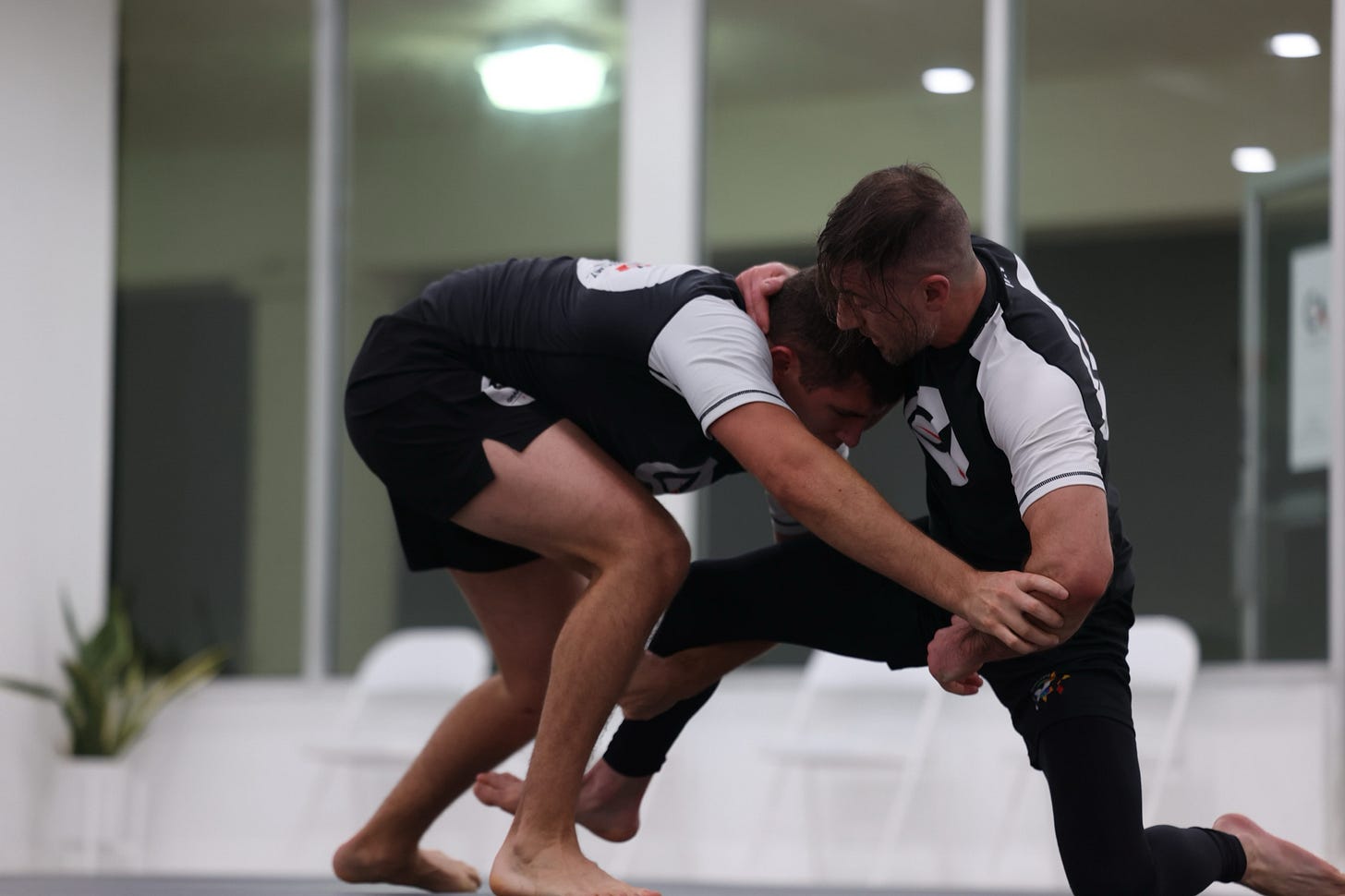
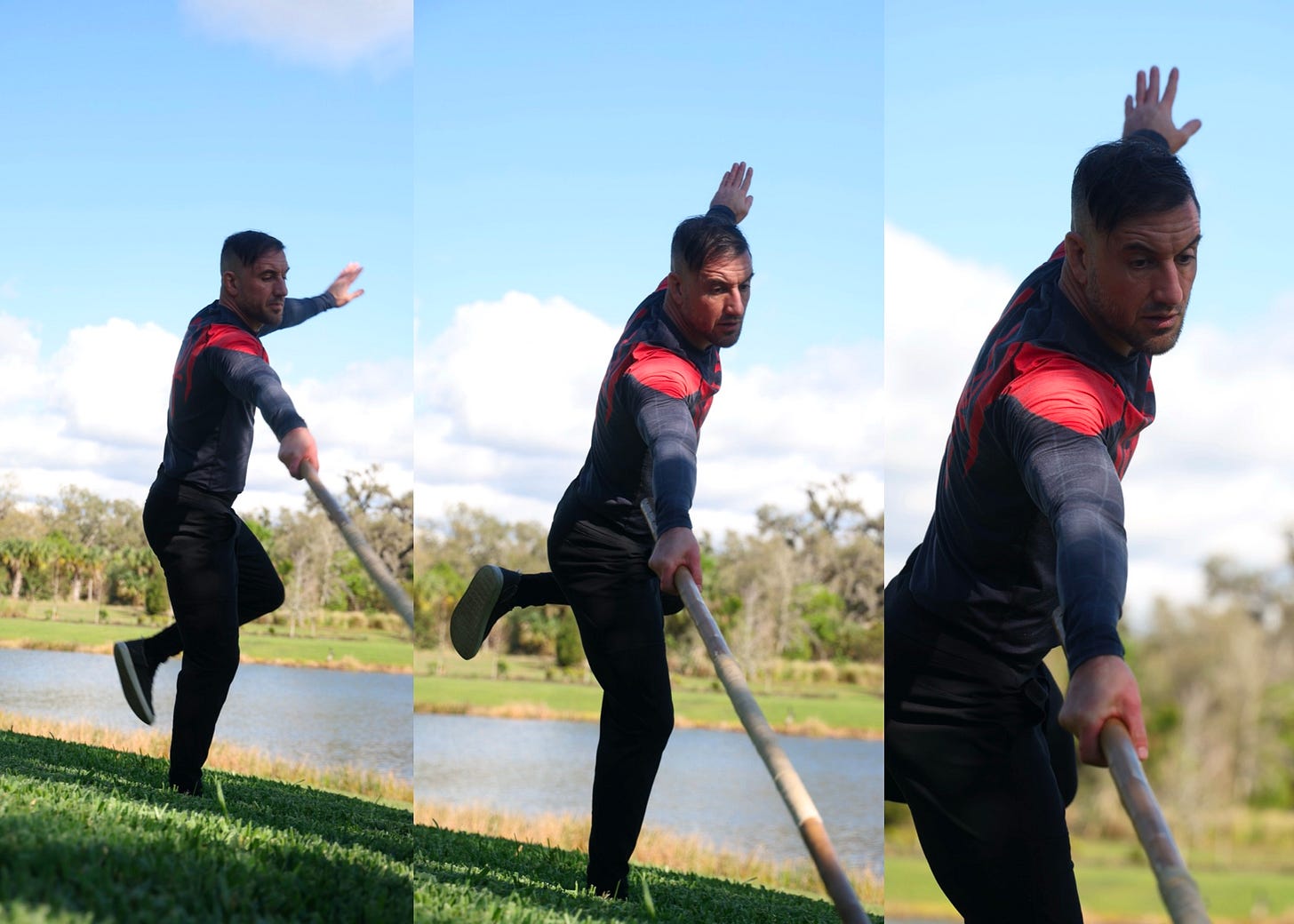
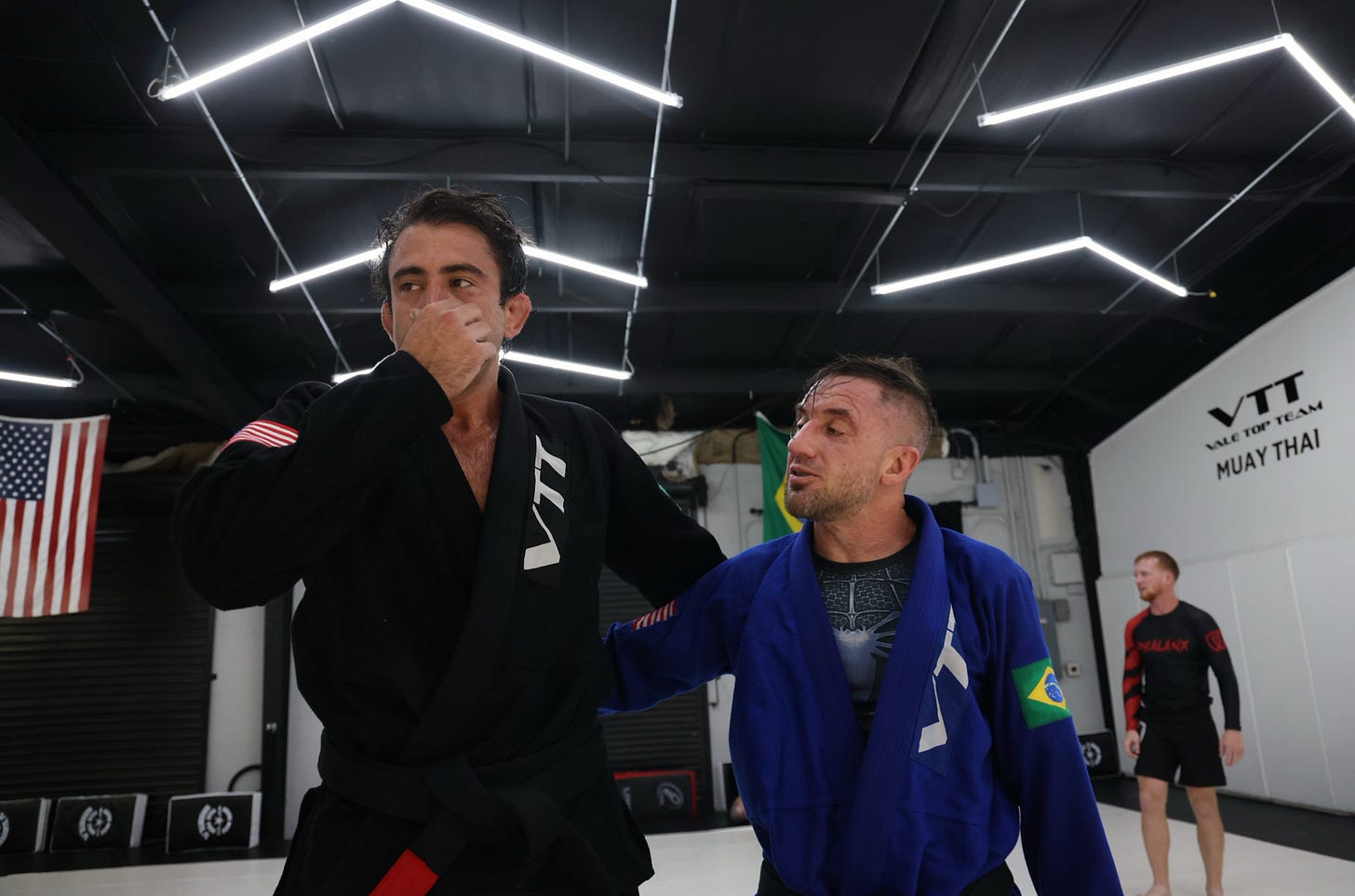
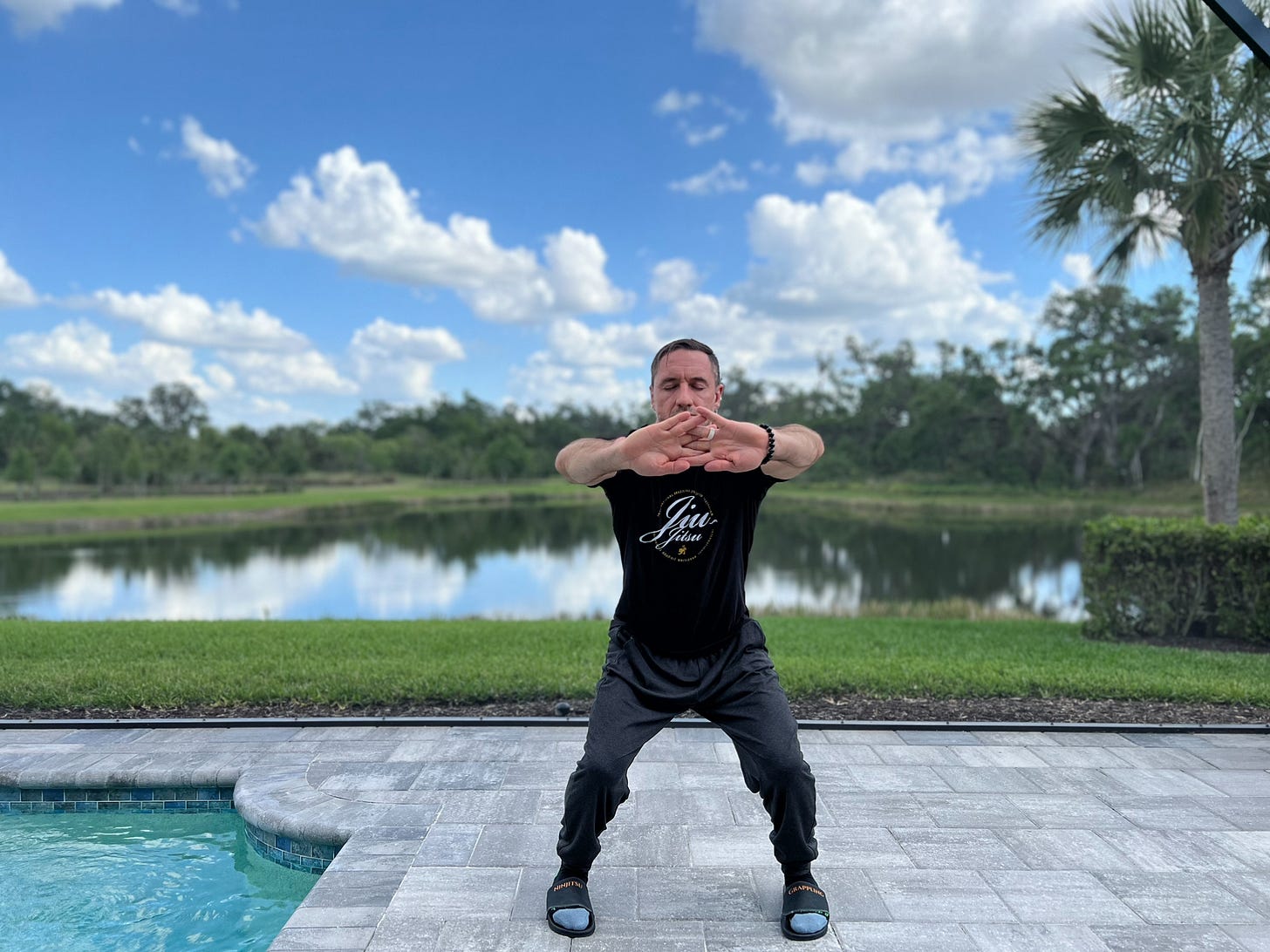

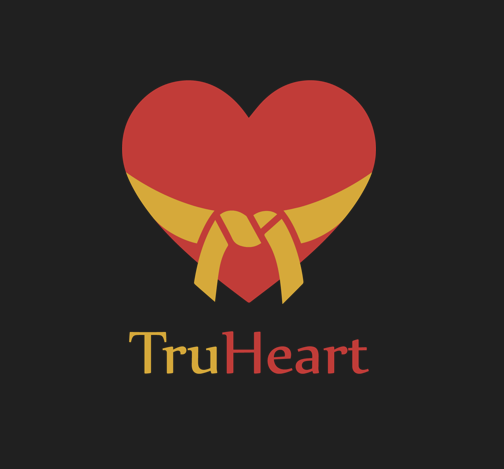
Man, every section was a powerful post in and of itself. Packed full of wisdom. Good stuff brother 👊🏻